When considering the purchase of an ATM kiosk machine, customization options are crucial for meeting specific needs. Buyers can opt for various screen sizes, including touchscreens with enhanced visibility and responsiveness, to improve user experience. Customizable branding options, such as logos and color schemes, allow the kiosk to align with a company's identity, enhancing brand presence. Security features, including biometric authentication, encrypted data transmission, and secure cash handling mechanisms, can also be tailored to meet specific security requirements. Additionally, options for hardware components like receipt printers, card readers, and cash dispensers can be selected based on transaction volume and type. Custom software solutions can integrate with existing banking systems, offering seamless operations and user-friendly interfaces.
When purchasing an ATM kiosk machine, several considerations should be taken into account. First, the machine's durability and ability to operate in various environments, especially if deployed outdoors, are vital. The total cost of ownership, including maintenance, software updates, and potential repairs, should be evaluated to ensure a sound investment. It's also important to assess the machine's compatibility with existing banking systems and any necessary integration work. Regulatory compliance, especially regarding data security and financial transactions, is another critical factor. Finally, consider the reputation and after-sales support of the manufacturer, as reliable customer service can significantly impact the machine's long-term performance and the overall user experience.

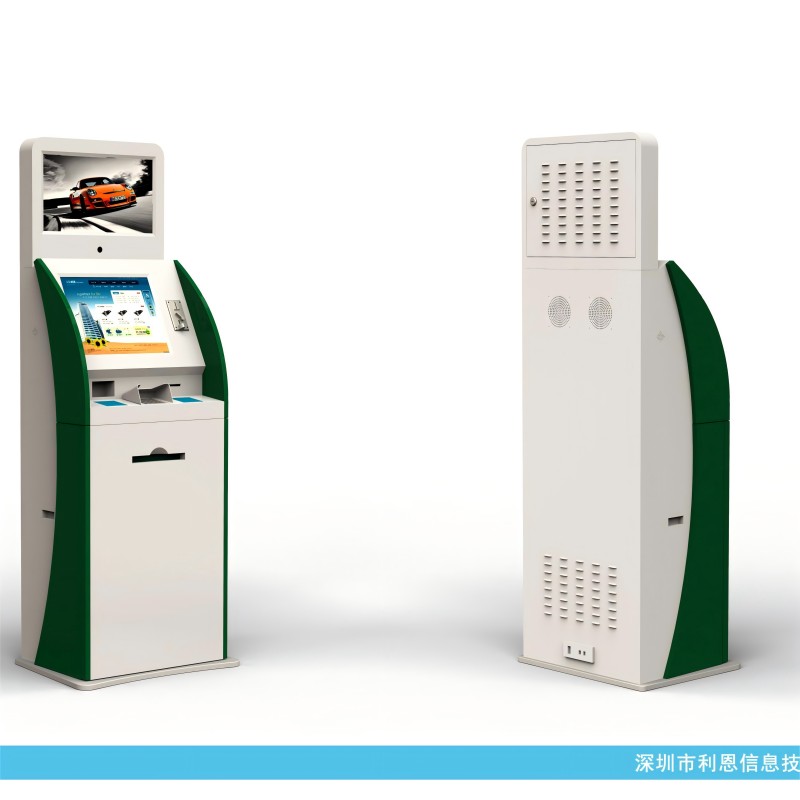
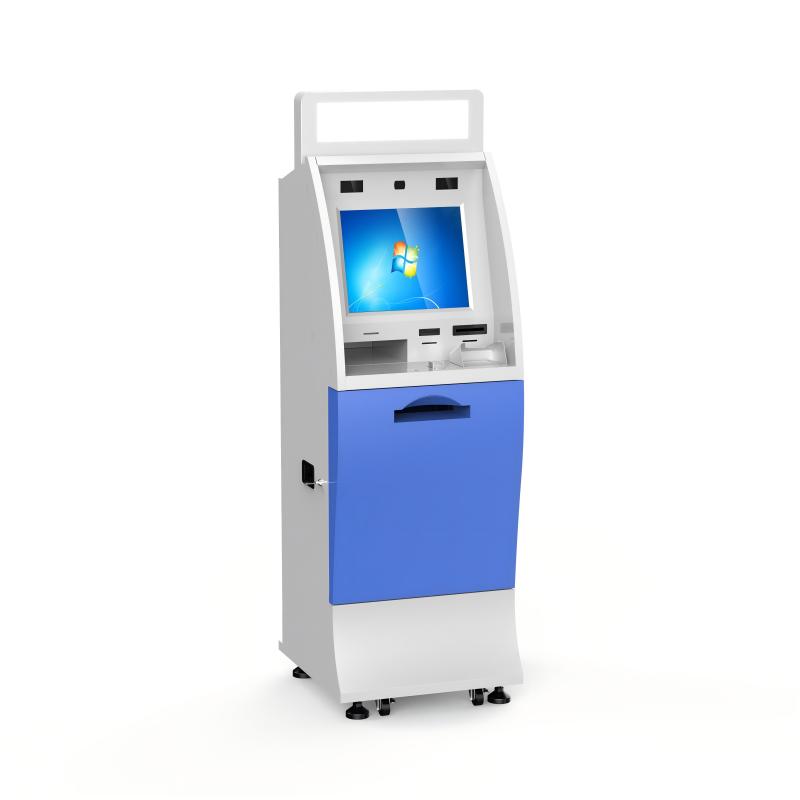
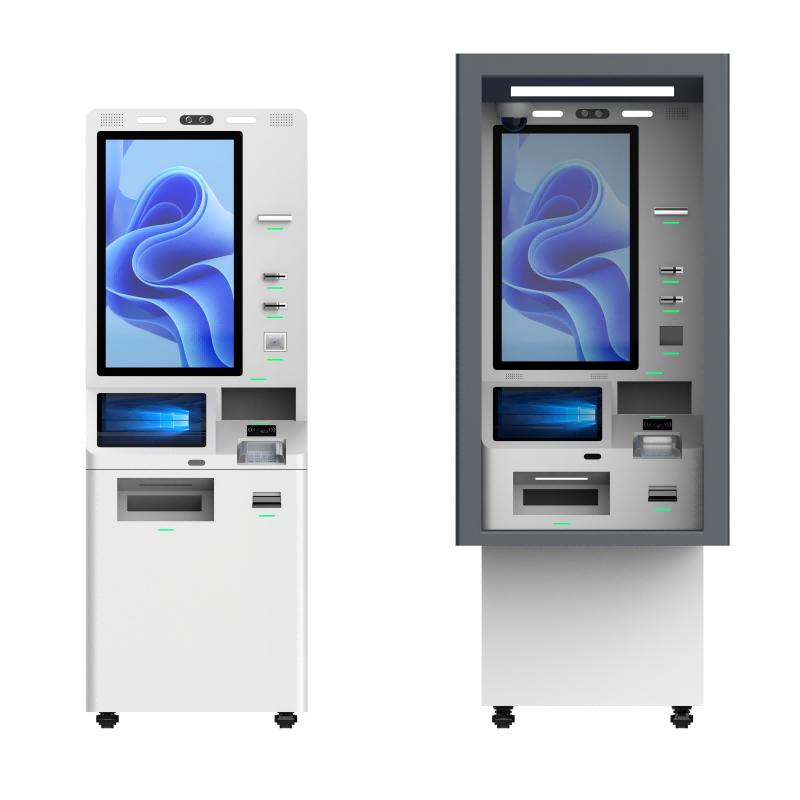
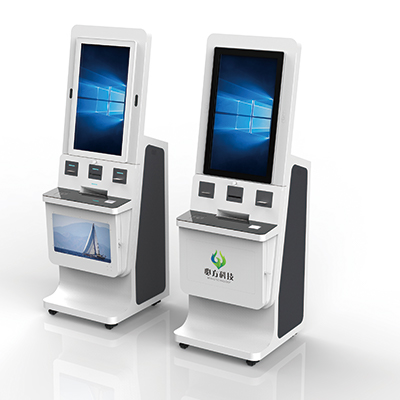

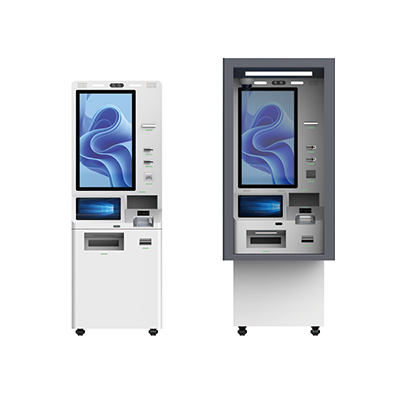
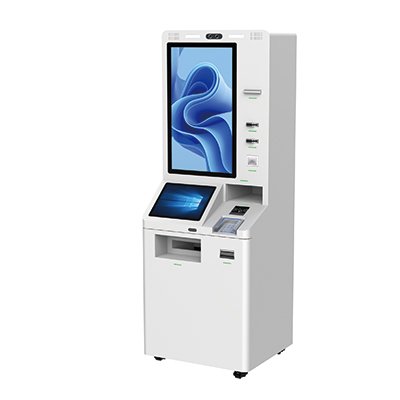
What did our happy clients say?
Absolutely thrilled with our new kiosk ATM! It’s reliable, user-friendly, and has significantly boosted our customer satisfaction. The installation was seamless, and the support team has been fantastic. Highly recommend the kisok manufacturer of Lean Kiosk System!
The kiosk ATM machine we purchased has exceeded our expectations. It’s robust, secure, and easy for customers to use. The custom features and excellent support have made a big difference in our operations. Great investment for our business!
We are very pleased with our new ATM machine. It integrates perfectly with our existing systems and has proven to be very durable. The quality of the product and the professional service provided were top-notch!
Our experience with this kiosk ATM has been fantastic. The machine works flawlessly, and the features are exactly what we needed. The customer service has been outstanding, making the entire process smooth and efficient. Highly satisfied!